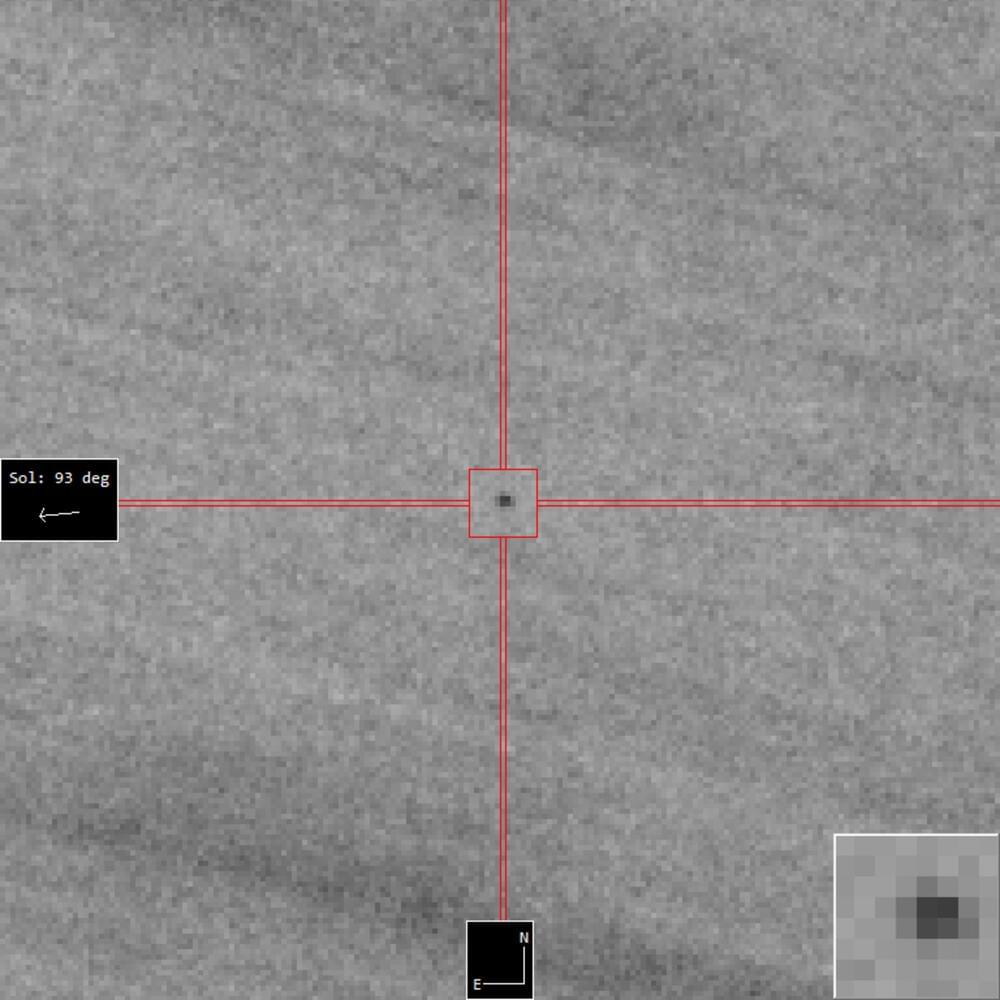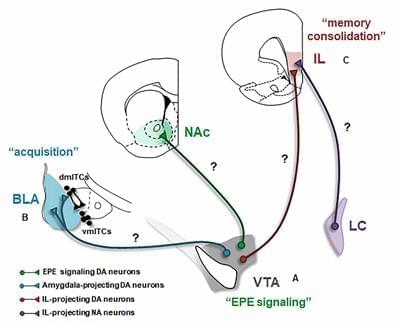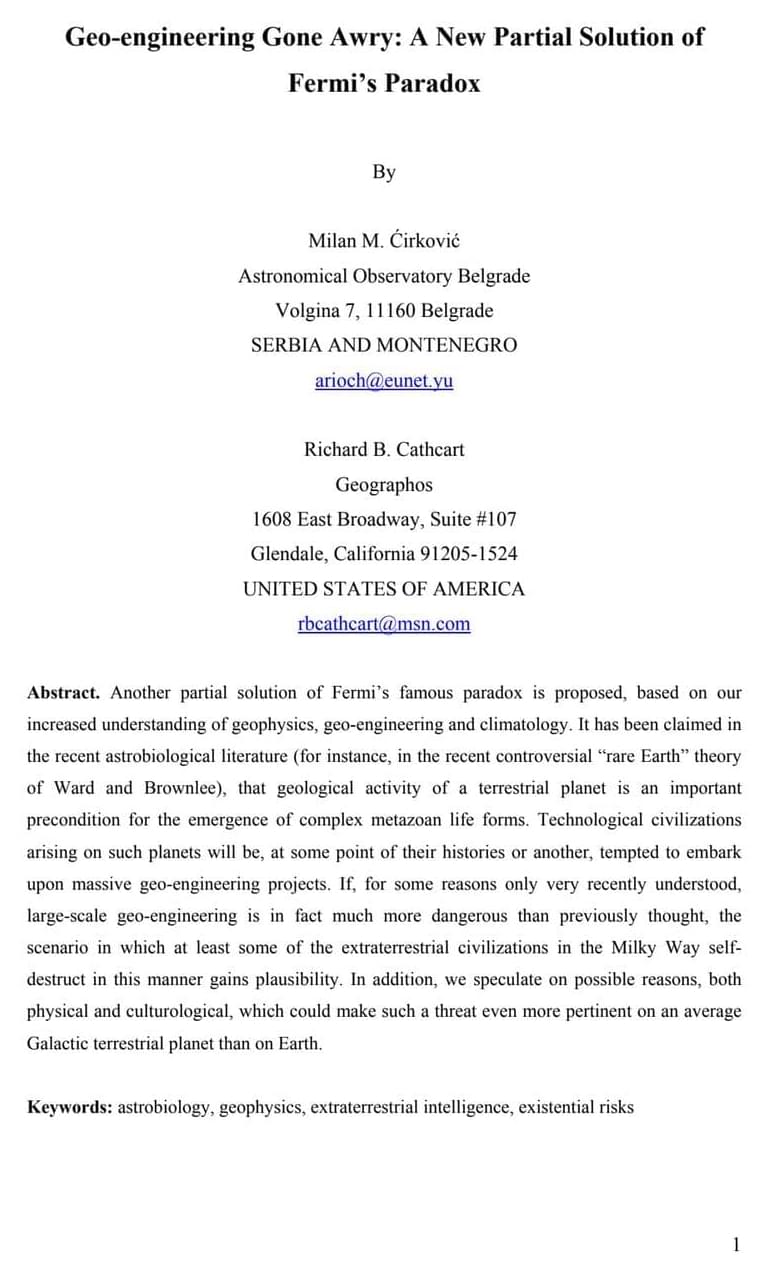The renowned physicist and science communicator, Brian Cox delves into the topic of alien life and in particular, the question about intelligent alien civilization.
With his trademark enthusiasm and engaging style, Brian Cox explores the possibility of extraterrestrial life and why we haven’t found any.
The video starts with a brief overview of what Brian Cox & astronomers call: “The Great Silence”. Cox then goes on to explain the Fermi Paradox and the Dark Forest Hypothesis, which suggest that intelligent life may be intentionally avoiding contact with other civilizations to avoid being destroyed.
Cox uses his expertise in physics and astronomy to explain how alien life may be closer than we think. Like on the surface of the red planet, Mars. He discusses the potential for life to exist in other planets because there are at least 20 billion other earth like planets in our galaxy alone.
Throughout the video, Cox provides easy-to-understand explanations, making complex scientific concepts accessible to a broad audience.
Whether you’re a science enthusiast or simply curious about the possibility of life beyond Earth, Brian Cox’s insights and knowledge are sure to captivate and inform. Don’t miss out on this thought-provoking and entertaining exploration of the universe and our place within it.






